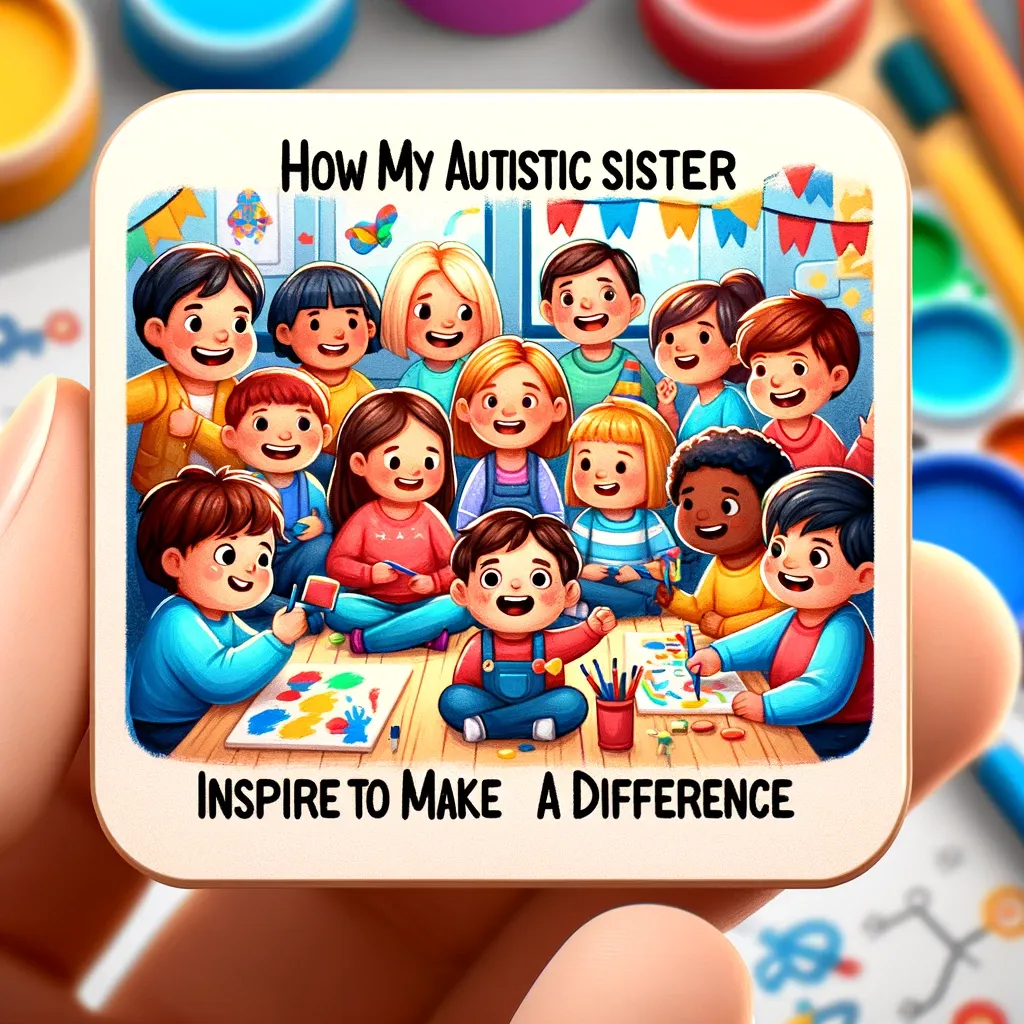Collapse: How Societies Choose to Fail or Succeed

Having recently been challenged on the subject of global warming and climate change as issues that require leadership, I was introduced to the New York Times bestseller, Collapse: How Societies Choose to Fail or Succeed by Jared Diamond.
Why some societies collapse and others don’t
Diamond contrasts modern Montana in the United States, with past societies that have collapsed due to human environmental impacts (some of which include Easter Island, the three tropical Pacific Islands of Mangareva, Pitcairn, and Henderson, the Maya civilisation, and North Atlantic civilisations such as the Vikings and Norse).
He then contrasts these with some of the challenges facing modern societies such as Rwanda and Australia. There is also an insightful chapter where Diamond contrasts the Dominican Republic and Haiti – a tale of one Island, two peoples, and two histories.There are two constructs I would like to briefly highlight from Diamond’s book. The first is a five-point framework behind why societies collapse. The second is a road map for success.
Why Societies Collapse: Environmental Five-Point Framework
The first set of factors mentioned by Diamond includes damage that people inflict on the environment that they may not be aware of. The second consideration relates to climate change. This is where the natural climate becomes hotter or colder, drier or wetter, between months or years. He acknowledges that sometimes these changes have nothing to do with people.
The third consideration is the presence of hostile neighbours. What is sometimes ignored in the context of a military conquest are the underlying environmental reasons that impact economic and political decisions – lack of water, deteriorating food supply, lack of materials, etc. The fourth set of factors is when there is decreased support from friendly neighbours. For example, the risk of this occurring increases when a trading partner becomes weakened.
Finally, the fifth set of factors relates to how societies respond differently to their problems. As Diamond states, “How can we understand such differing outcomes? A society’s responses depend on its political, economic, and social institutions and on its cultural values.”
It is important to note that Diamond acknowledges that sometimes societies collapse with or without the impact of environmental damage.
Road Map to Success
I appreciated the way that Diamond seeks to draw out some practical lessons from his analysis of past societies and modern societies. In presenting a “road map to success”, Diamond is imploring governments, businesses, institutions and individuals to explore why some societies make disastrous decisions, and what steps can be taken to avoid them. These include:
1. How some societies fail to anticipate a problem before it appears - One classic example he presents is when the British colonists introduced foxes and rabbits from Britain into Australia in the 1800s. Another is the introduction of the cane toad from Hawaii in 1935 as a solution to the cane beetle pest affecting North Queensland’s sugar cane toads.
2. Societies failing to perceive a problem that has occurred. - Three reasons for this he claims are that:
- a) sometimes the origins of a problem are initially imperceptible,
- b) the problem of “distant managers,” or where the key decision makers don’t live near the problem, and
- c) when the problem takes the form of a slow trend concealed by wide up-and-down fluctuations, like climate change.
3. Societies making no attempt to solve a problem even when it has been perceived - He believes this primarily stems from “clashes of interest between people” and the attitude of “it might be bad for someone, but it’s good for me”. He simply calls this being “selfish”.
4. Other irrational failures - This can include adhering to a different set of values, clashes between short-term and long-term gains, “crowd psychology”, and psychological denial.
5. Being overwhelmed by the solution to the problem - As Diamond states, even after a society has anticipated, perceived, or tried to solve a problem, it may still fail for obvious reasons: the problem may be beyond our present capacities to solve, a solution may exist but be prohibitively expensive, or our efforts may be too little and too late. So where does this leave our future? What does this mean for those of us in positions of influence and leadership, or for those leading major corporations?
Is it really possible to be more proactive in addressing large scale issues that have the potential to erode the foundations of societies making them vulnerable to the compounding effects of poor decisions in earlier generations? Heath and Potter present a sobering perspective on questions like this in The Rebel Sell: How the Counter Culture Became Consumer Culture.
Every social problem is thought to be caused by a fundamental feature of mass society, whether it is mass production, mass media, the technological denomination of nature or even just repression and the need for conformity. Yet what is so problematic about these explanations is that, apart from being empirically false, they have the effect of tying each one of these concrete social problems into a feature of modern society that none of us could ever reasonably hope (or desire) to change.
This in turn makes solutions to a number of very retractable social problems seem completely out of reach. While Diamond provides numerous reasons for hope, I wish he had spent more time assessing the advantages and benefits of “the globalised modern world’s interconnectedness”.
If we could only look beyond our own economic agendas and focus on something much larger, what an incredibly powerful starting point that would be!
I’m not suggesting that any one organisation must ignore the importance of their economic agenda, but rather, evaluate it in a larger context that says two things. Firstly, we need to be responsible for its multi-dimensional impact – good or bad. Secondly, we will intentionally look for economic alliances that are strategic in preventing or reducing negative environmental impacts from our products, resources, and services.
What I discovered reading Diamond’s book, is that while the environment may play a considerable role in the collapse of societies, it is not as significant as the underlying assumptions and beliefs that shape the decisions we make in relation to what we need and what we believe is enough. As naive and simple as it might sound, I believe what Diamond longs to see is that our real wealth would not stem from a position of elitism (power and status), selfishness or rabid consumerism.
Rather, he hopes this would be derived from selfless actions that corporately take responsibility to prevent Darwin’s theory of natural selection coming true in the modern world of economics as it relates to humanity and the environment it depends on. This would take courageous leadership.
What’s the bottom-line?
When we think about issues on such a large-sale as Diamond has done, there is a tendency for some leaders to absolve themselves from taking responsibility for the impact of their decisions, especially when success is slow in coming or when failure is imminent. Ultimately, this is where Diamond’s roadmap to success can provide an excellent foundation for asking some sound questions that will lead to a more resilient decision making process and better risk management.
I suggest it is also beneficial to consider these questions beyond merely a financial perspective. They include questions like:
- Are there any potential risks or problems that could emerge that we are not yet seeing? Have you asked the right people? Are they close enough to what is happening or the impact of the decisions being made? Do they have the necessary expertise?
- Is there a concern about an emerging problem or one that has already been identified that is being overlooked or ignored? Why is it being ignored? What are the long-term consequences of this action for the organisation, surrounding community, or country?
- Is our approach to resolving an emerging issue or problem consistent with our core values, and are they representative of the communities in which the organisation functions?
This article was first published in the Leaderonomics Print pullout magazine in the STAR newspaper on Saturday Oct 26, 2013
Watch this great video below on Dr. Glenn William's special programme on Sustainable Leadership & Performance for your organisation
Dr. Glenn Williams and his learning programmes could be the right intervention for your organisation. To find out more, email us at info@leaderonomics.com
Community
Tags: Transformation & Change





